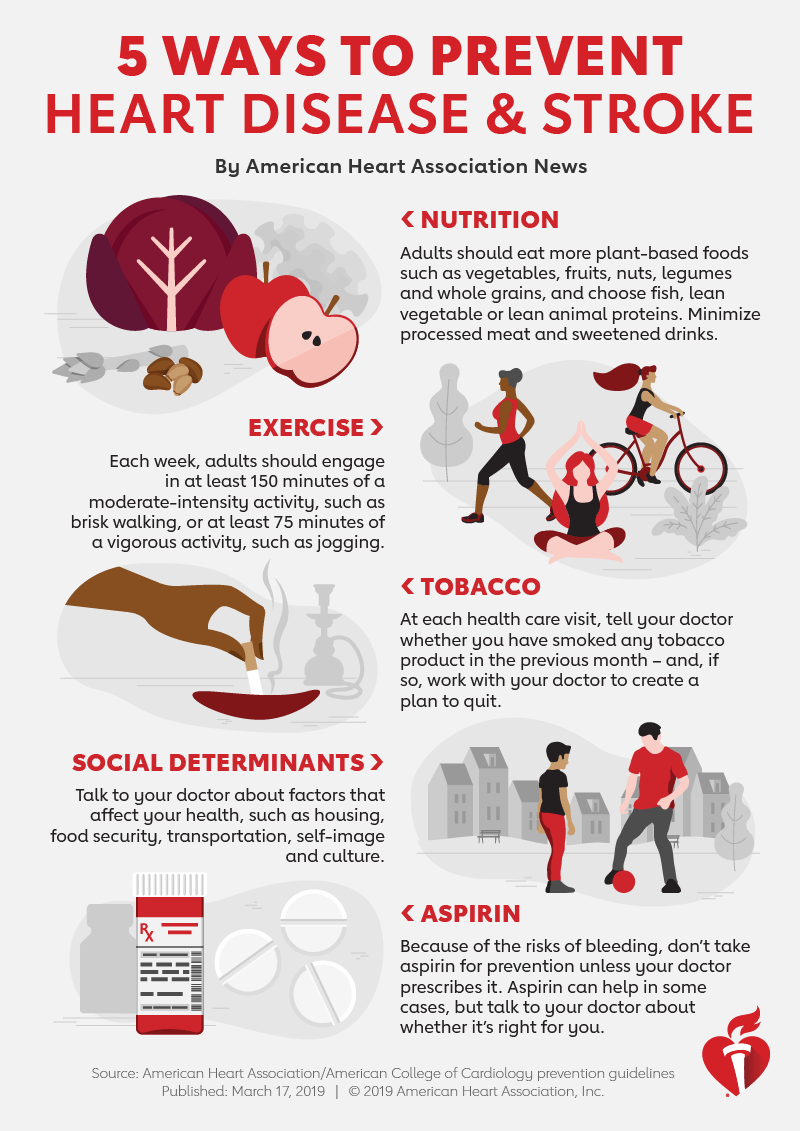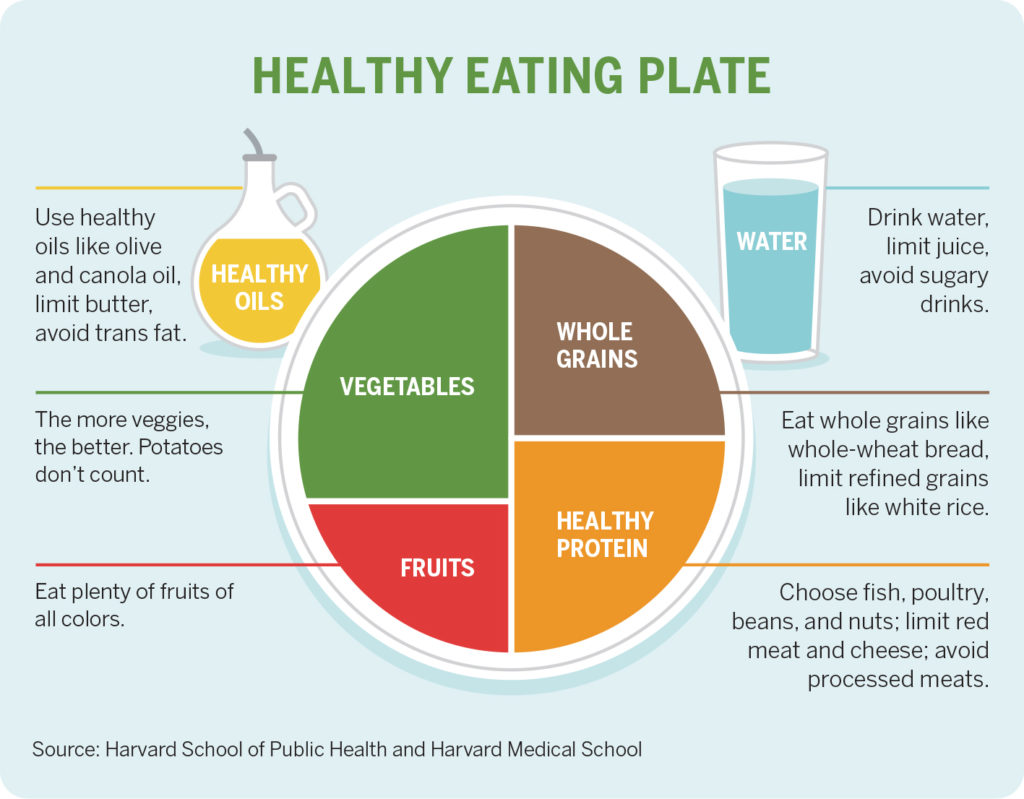Have you ever wondered how the choices you make each day impact your long-term health? It’s a thought that crosses many minds, especially when considering the rise of chronic diseases in today’s society. Understanding how to prevent such conditions can not only improve your quality of life but also help you lead a more vibrant, fulfilling existence.

This image is property of heartnetwork.org.
Understanding Chronic Diseases
Chronic diseases are health conditions that persist over time and often require ongoing management. They can take many forms, including heart disease, diabetes, and obesity, among others. These ailments often stem from a combination of genetic, behavioral, and environmental factors. By grasping their nature, you can adopt preventive measures that enhance your overall well-being.
The Role of Lifestyle Choices
Lifestyle choices play an enormous role in the development of chronic diseases. Factors like diet, exercise, and stress management all contribute significantly to your health status. You might not notice the immediate effects of your daily decisions, but over time, they can lead to profound changes.
Key Factors Contributing to Chronic Diseases
Understanding what contributes to chronic diseases is crucial for effective prevention. Mainly, these factors can be categorized into modifiable and non-modifiable risks.
Non-Modifiable Risk Factors
- Genetics: Your family history can influence your risk.
- Age: As you get older, the risk of chronic diseases generally increases.
- Gender: Men and women may be predisposed to different health issues.
Modifiable Risk Factors
- Diet: What you eat significantly affects your health.
- Physical Activity: Regular exercise is essential for maintaining a healthy lifestyle.
- Smoking and Alcohol Consumption: Both have adverse effects on long-term health.
- Sleep Quality: Poor sleep can lead to various health complications.
Nutrition: Your Foundation for Health
Nutrition is often the most discussed topic when it comes to preventing chronic diseases. The right foods can power your body, while the wrong ones can lead to dire consequences.
Creating a Balanced Diet
To forge a path toward better health, start by adopting a balanced diet. This includes incorporating various food groups into your meals:
| Food Group | Recommended Daily Servings |
|---|---|
| Fruits | 2-4 servings |
| Vegetables | 3-5 servings |
| Whole Grains | 6-8 servings |
| Proteins | 2-3 servings |
| Dairy | 2-3 servings |
| Fats | Limit saturated and trans fats |
Focus on Whole Foods
Opt for whole, unprocessed foods whenever possible. Fresh fruits, vegetables, lean proteins, and whole grains pack necessary nutrients that can reduce your risk of chronic diseases.
Limit Processed Foods
Minimize your intake of foods high in added sugars, sodium, and unhealthy fats. These can pave the way for issues like hypertension, obesity, and diabetes.
The Importance of Hydration
Water plays a vital role in maintaining your health. Keeping hydrated helps your organs function properly, supports skin health, and can even influence weight management. Aim for eight cups of water a day, adjusting based on your activity level and climate.
Physical Activity: Keeping Your Body Active
Staying active is another critical element in preventing chronic diseases. Consistent physical activity strengthens your heart, improves circulation, and can help manage weight.
Recommended Exercise Routine
Aim for at least 150 minutes of moderate aerobic activity each week, or 75 minutes of vigorous activity. You can break this down into manageable sessions throughout the week:
| Activity | Duration (minutes) | Frequency (per week) |
|---|---|---|
| Aerobic | 30 | 5 |
| Strength Training | 20-30 | 2-3 |
| Stretching | 10-15 | Daily |
Finding Activities You Enjoy
It’s easier to stick with an exercise regimen if you engage in activities that you genuinely enjoy. This could be dancing, cycling, hiking, or yoga. The key is to keep moving in a way that feels good to you.
Incorporating Movement into Daily Life
Look for small ways to increase your physical activity throughout the day. You might choose to take the stairs instead of the elevator, go for short walks during breaks, or consider biking to work.
Stress Management: Taking Care of Your Mind
Managing stress is often overlooked yet is crucial for overall health. Chronic stress can lead to a range of health problems, including high blood pressure, heart disease, and digestive issues.
Techniques for Stress Reduction
There are many ways to handle stress effectively. Here are a few techniques to consider:
- Mindfulness and Meditation: Mindfulness practices can help foster a sense of calm and awareness.
- Deep Breathing Exercises: Deep breathing can help lower stress levels and promote relaxation.
- Physical Exercise: Regular movement is one of the best ways to alleviate stress.
- Quality Time with Loved Ones: Building and nurturing relationships provides emotional support.
- Pursuing Hobbies: Engaging in activities you love can be a great stress reliever.
Importance of Sleep Hygiene
Getting enough quality sleep is crucial for managing stress and maintaining well-being. Aim for 7-9 hours of sleep each night.
- Create a Sleep Schedule: Go to bed and wake up at the same time every day.
- Design a Calming Bedtime Routine: Engage in relaxing activities before sleeping.
- Limit Screen Time Before Bed: Reducing exposure to screens can improve sleep quality.

This image is property of itstimetexas.org.
Regular Health Screenings: Staying Proactive
Regular health screenings act as an early warning system. They allow you to catch potential issues before they develop into serious problems.
Recommended Screenings for Adults
| Age Group | Recommended Screenings |
|---|---|
| 18-39 years | Routine physical exams, cholesterol |
| 40-49 years | Blood pressure, cholesterol, diabetes |
| 50 years and up | Colonoscopy, mammograms (women) |
Understanding Your Numbers
It’s essential to understand the numbers provided in your health screenings. Your blood pressure, cholesterol levels, and blood glucose numbers serve as indicators of your overall health. If any of these markers are concerning, consult with your doctor for personalized advice.
Building a Support System
Having a support system is vital when making lifestyle changes. Whether it’s family, friends, or community groups, surrounding yourself with supportive individuals can enhance your motivation to adhere to healthier habits.
Engaging in Community Activities
Look for local activities or clubs that focus on health, such as exercise groups, cooking classes, or wellness workshops. Participating in these can keep you accountable and introduce you to like-minded people.
Seeking Professional Guidance
Sometimes, speaking with a healthcare professional can offer the insights needed to move forward. Nutritionists, personal trainers, and mental health counselors can all play a role in your journey to better health.

This image is property of magazine.brighamandwomens.org.
Conclusion: Your Path to a Healthier You
Becoming proactive about preventing chronic diseases isn’t just a task — it’s a lifestyle choice. By focusing on your diet, engaging in regular physical activity, managing stress, and staying vigilant with health screenings, you can lead a healthier life.
The journey may seem overwhelming at first, but remember that every small step counts. Celebrate your progress, and give yourself grace amidst the challenges. After all, your health is a long-term investment, deserving of attention and care. By adopting these strategies, you’re not just preventing diseases; you’re nurturing a life filled with vitality and joy. Remember, the power of change lies within you!